The person who brought the gac tree to Cu Jut
In 2004, veteran Tran Van Dinh was the one who mobilized local farmers to establish Nam Ha Cooperative. In 2010, after researching documents and mass media about gac fruit products, Mr. Dinh, then Director of Nam Ha Cooperative, decided to spend his own money to visit models in the northern provinces and work with Vina Gac Company.
Mr. Dinh recognized the potential of the Gac tree and decided to buy seeds from Hung Yen to plant on Cu Jut land. He carefully piloted the model, built a production and business strategy, carefully calculated the input and output factors of the market, and thoroughly applied scientific and technological advances to the production process. When the model initially showed results, he convinced members and farmers to plant it with a firm guarantee of product output.
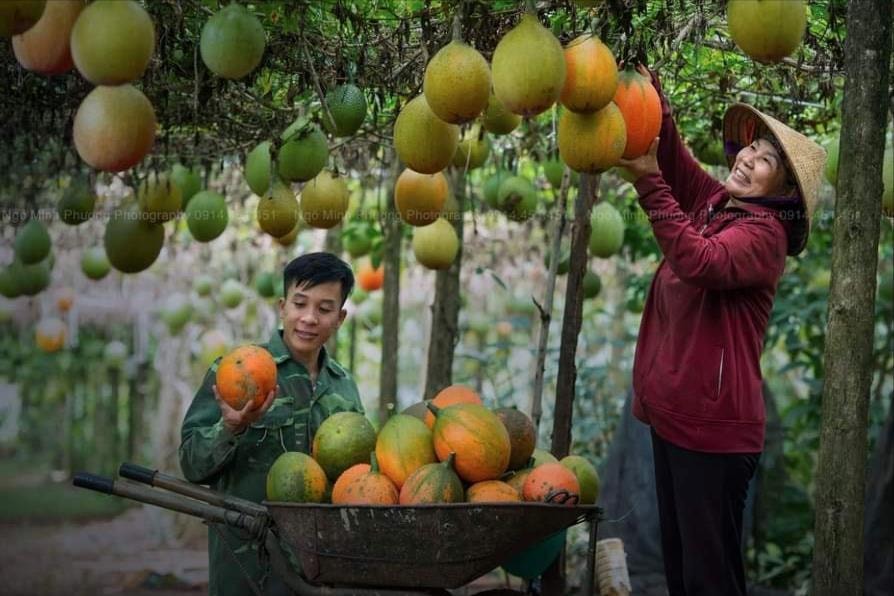
A new turning point for the gac tree came in May 2023, when the Dak Nong Farmers' Association (old) coordinated with GreenFeed Vietnam Joint Stock Company, local authorities and Nam Ha Cooperative to implement the Gac Livelihood Project for the period 2023 - 2025, with the goal of supporting people to increase their income sustainably. 30 households in Cu Jut participated in the project with a gac growing area of 9 hectares. Mr. Le Quy Cuong - an associate member of the Cooperative, took advantage of the land and old pepper poles to grow more than 5 sao of gac, each year, the family earned 100 million VND.
Mr. Nong Van Luan - an associate member of the cooperative shared: "I used to grow many types of trees, but in the end I chose gac because the income is higher and the care is easy." According to Mr. Luan, from the second year, each sao of gac can harvest 3 - 4 tons of fruit/year. Gac trees are easy to grow, mainly using manure, very suitable for farmers with little capital. Households participating in the project can also borrow 25 million VND for 3 years without interest, and Nam Ha Cooperative will provide seedlings, provide technical guidance in the garden and guarantee the products.
.jpg)
Sharing about choosing gac trees to grow in the Central Highlands, Mr. Dinh said: “Gac is an “easy-going” tree. It not only grows well in fertile basalt lands, but also gives good yields on dry, rocky lands. The technique of growing gac is simple, the investment cost is low, so it is suitable for the economic conditions of many farming households. Thinking like that, at that time, I boldly chose gac trees to deploy for members and farmers to grow for economic development.”
From the early days of confusion, in the past 8 years, Nam Ha Cooperative has built a stable gac material area of over 100 hectares with nearly 200 households. In addition, the Cooperative also creates stable jobs for 30 regular workers with an income of 7-10 million VND/person/month and more than 150 seasonal workers with an income of about 70 million VND/person/year.
Gac vermicelli - OCOP product
In 2020, amid the Covid-19 pandemic, Nam Ha Cooperative faced difficulties due to stagnant exports. When the “output” for gac membranes was blocked, the Cooperative held an urgent meeting to find a solution to consume the product. “That meeting was like a miniature Dien Hong Conference,” Mr. Dinh recalled. As a result, natural gac vermicelli products were chosen as the new direction. At first, everyone was unfamiliar.
The first batches of vermicelli were broken and not chewy, which discouraged the entire production team. However, with determination and creativity, after dozens of experiments, the cooperative succeeded with gac vermicelli made from specialty rice ST24, ST25 and fresh gac, which is both beautiful and nutritious.
.jpg)
In July 2021, Nam Ha Cooperative's natural gac vermicelli products were recognized as meeting 3-star OCOP standards, opening up greater consumption opportunities. From the initial few tons, the Cooperative now produces up to 12 tons of dried vermicelli per month, with a retail price of over 100,000 VND/kg, mainly consumed in Ho Chi Minh City. The Cooperative has invested nearly 1 billion VND in building production lines, factories, drying greenhouses... to increase productivity and ensure product quality.
Not stopping at the domestic market, Nam Ha Cooperative is actively researching ways to reduce the volume of dry vermicelli packaging to save on transportation costs and aim to export gac vermicelli in the future. Mr. Dinh shared: “Gac vermicelli is a product suitable for modern consumers, especially office workers, who prioritize clean, nutritious food. We believe that gac vermicelli will soon have a place in the domestic and international markets.”
Gac export
Nam Ha Cooperative does not stop at cultivation but also invests heavily in deep processing, especially gac membrane, the part containing the highest nutritional value in gac fruit. Since 2018, the Cooperative has exported about 120 tons of gac membrane to Taiwan and Korea. Along with gac membrane, the Cooperative has offered and exported gac essential oil to a number of countries.
Although the annual export volume of gac oil is only about 1-2 tons, it is opening up opportunities to diversify export products from gac. At the age of 70, Mr. Dinh is currently the Chairman of the Board of Directors of Nam Ha Cooperative. “We invest in machinery, drying and packaging technology to ensure that the products meet export standards. It is forecasted that in 2025, gac exports will increase sharply compared to the previous 2 years, opening up great prospects for the product,” Mr. Dinh shared.

In addition to traditional channels, Nam Ha Cooperative has also proactively applied social networks, websites, e-commerce platforms, etc. to promote its products. Thanks to that, many international partners have come to survey and sign contracts. Currently, Nam Ha Cooperative is expanding the area of gac cultivation to Dak Lak and Gia Lai provinces. With an average yield of 20 tons/ha, some places reaching 40 tons/ha, and an investment cost of only about 40 million VND/ha/year, gac growers can earn a profit of 120 - 180 million VND/ha/year.
The gac tree has helped many households escape poverty and become well-off and rich. Many households have abandoned ineffective crops to switch to growing gac, partly because it is easy to grow, has few pests and diseases, and is low cost, and partly because of the stable output from Nam Ha Cooperative. In the future, with a sustainable development strategy, product diversification, investment in deep processing, market expansion, and application of digital technology, Nam Ha Cooperative will continue to be a bright spot in Central Highlands agriculture, where "red gac fruit" brings green dreams to hundreds of farming households.
Source: https://baolamdong.vn/htx-nam-ha-dua-cay-gac-ve-lam-giau-cho-nong-dan-386515.html




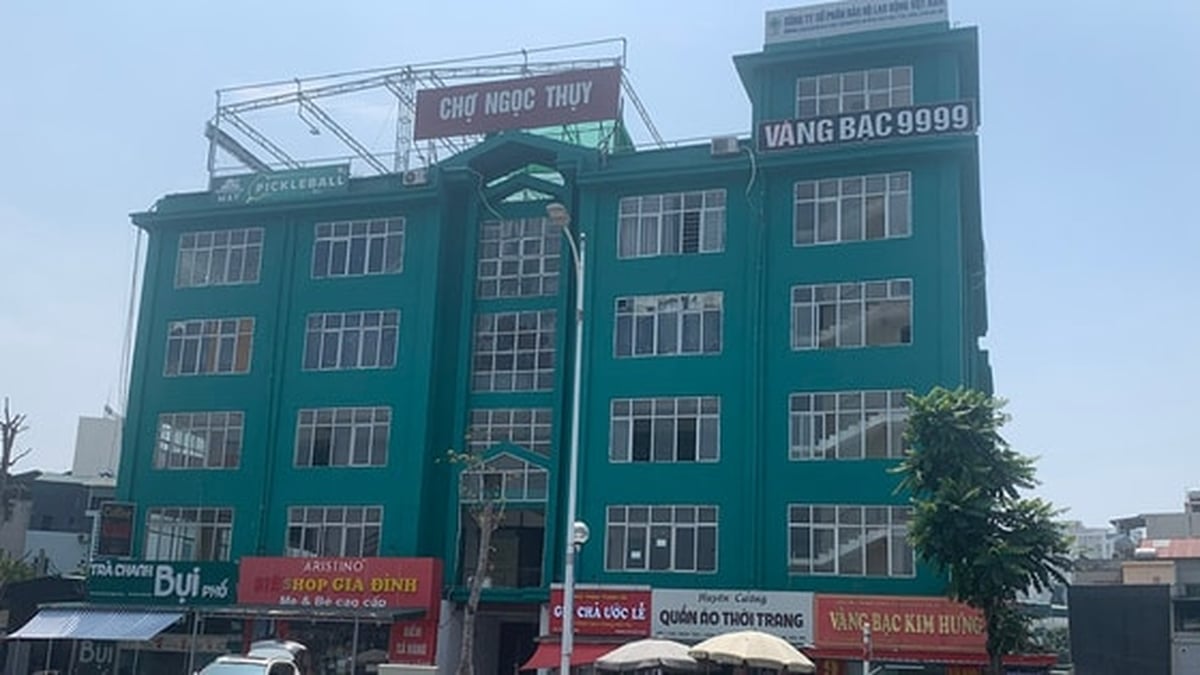
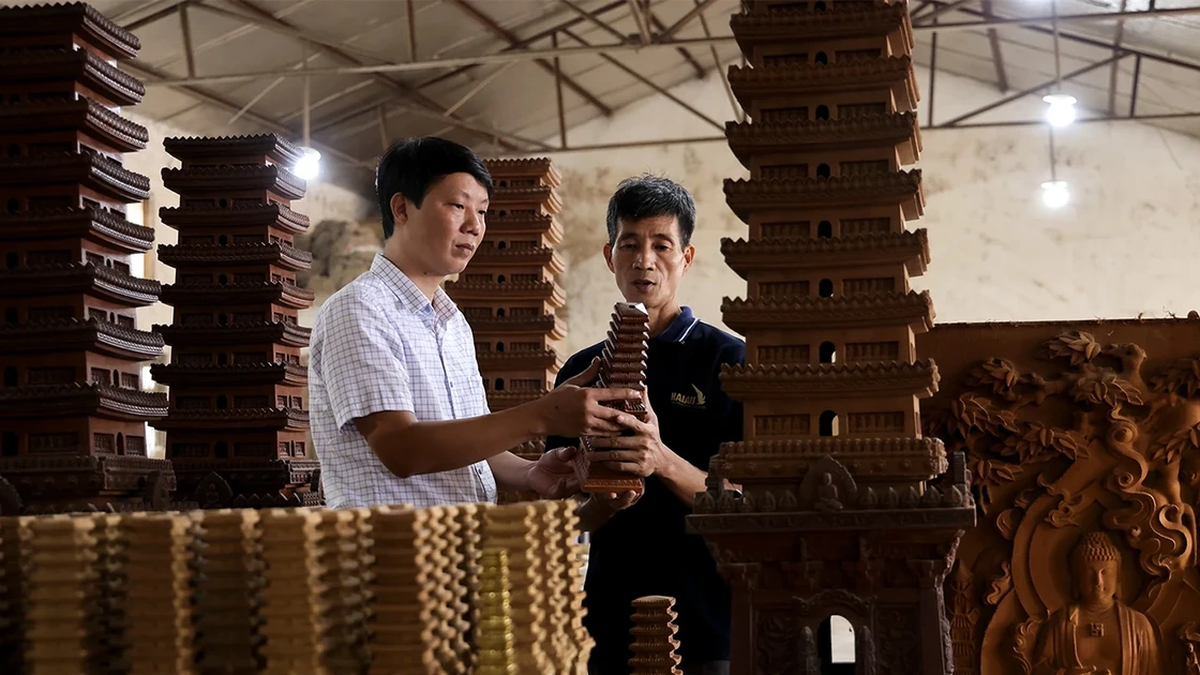
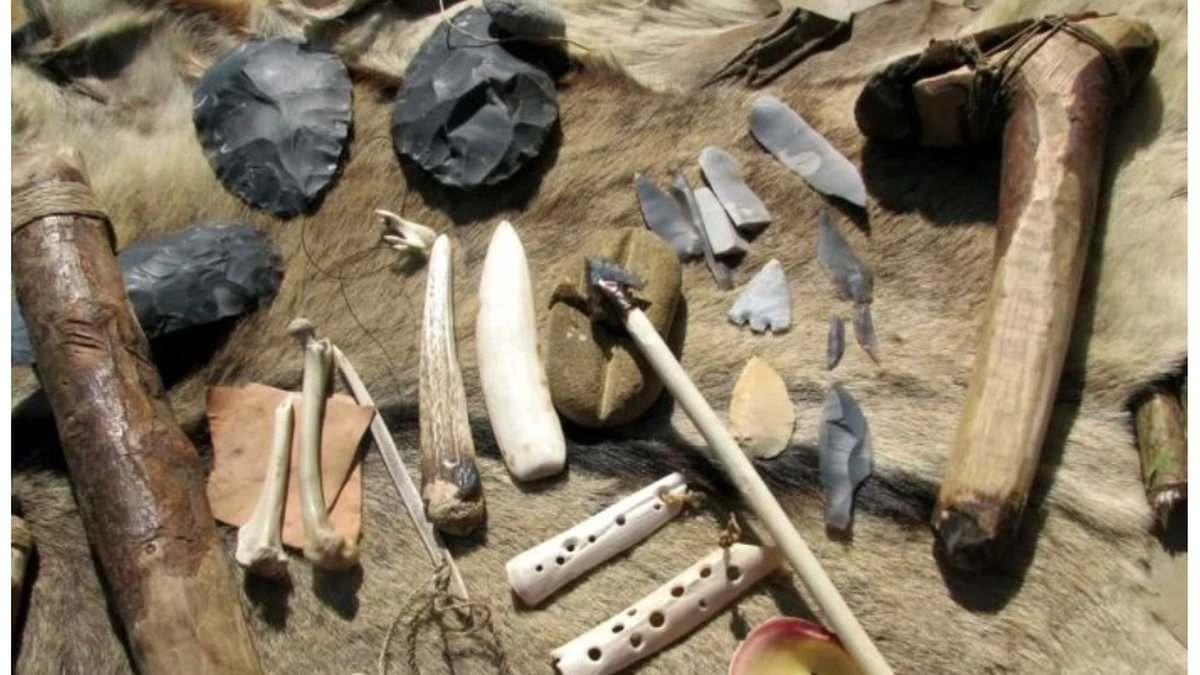
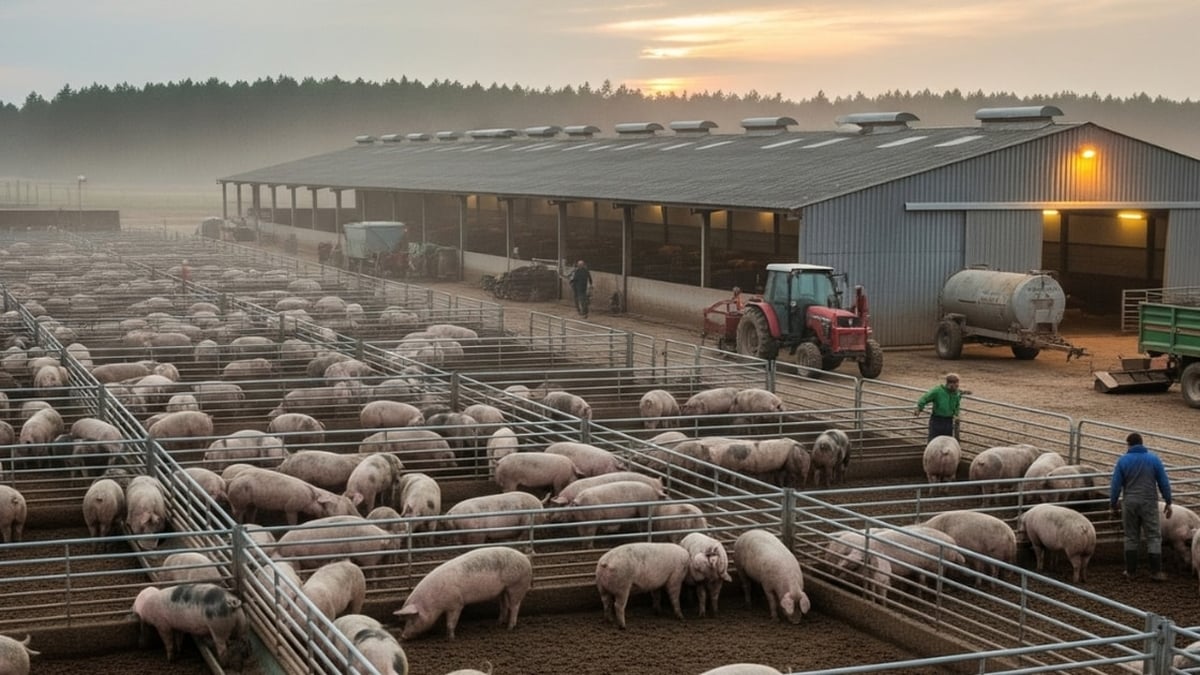




















![[Photo] Nghe An: Provincial Road 543D seriously eroded due to floods](https://vphoto.vietnam.vn/thumb/1200x675/vietnam/resource/IMAGE/2025/8/5/5759d3837c26428799f6d929fa274493)


































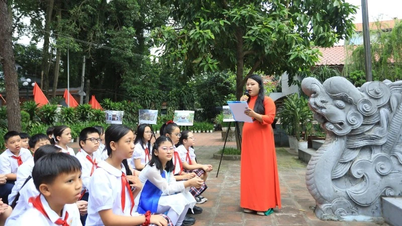



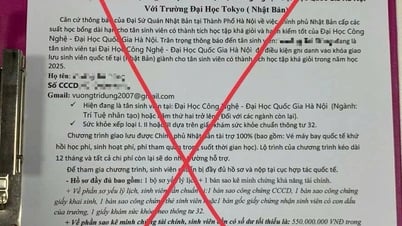




























Comment (0)